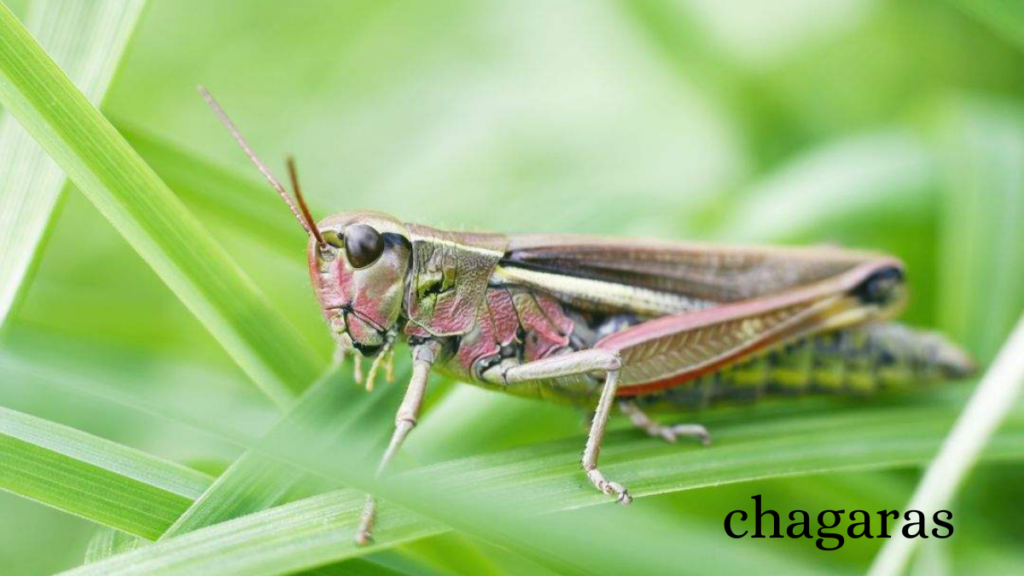Introduction
Chagaras, typically respected for its cultural importance and aesthetic appeal, retain a distinct role in numerous communities across the globe. These elaborate adornments, with their rich history and meaning, serve as more than simply beautiful ornaments. Let’s explore further into the world of researching their origins, importance, kinds, and different uses.
The Significance of Chagaras in Culture
Chagaras are not only beautiful pieces; they contain great cultural importance. Embedded within their elaborate patterns are layers of symbolism that represent the values and beliefs of the communities who produce and appreciate them. Whether worn as jewelry, presented at rituals, or integrated into architectural wonders, signify legacy, identity, and tradition.
Types of Chagaras
Traditional Chagaras, founded in age-old crafting traditions, sit alongside new renditions that merge heritage with current trends. From beautifully woven patterns to inventive designs, come in numerous shapes, each with its own narrative to tell.
How Chagaras are Made
Crafting demands expert hands and painstaking attention to detail. Artisans employ a variety of materials, including precious metals, jewels, and natural fabrics, to bring these magnificent masterpieces to life. The craftsmanship process frequently includes elaborate weaving, soldering, and decoration skills handed down through generations.
Usage and Application
serve distinct roles across different cultures and circumstances. While they are widely employed for beautiful decorations, they also retain ceremonial importance, decorating garments for weddings, festivals, and other significant events.
Chagaras in Fashion
In the domain of fashion, Chagaras continue to influence designers and lovers alike. Their timeless elegance and cultural charm make them sought-after accessories, bringing a touch of tradition to contemporary ensembles. From striking necklaces to beautifully carved bracelets, have found a place in modern fashion trends.
Chagaras in Art and Design
Beyond adornments, appear heavily in different art forms and building projects. Artists gain inspiration from their elaborate patterns and symbolic meanings, combining them into paintings, sculptures, and architectural features, so continuing their cultural heritage.
The Global Appeal
Despite its cultural beginnings, have transcended geographical bounds, drawing individuals from varied backgrounds. Their global appeal has led to their acceptance in numerous cultures, facilitating cross-cultural interaction and admiration.
Preservation and Conservation Efforts
While continue to grab hearts worldwide, they have issues relating to preservation and protection. Efforts are ongoing to conserve these cultural assets, including efforts focused on documentation, restoration, and community empowerment.
Economic Value
Beyond their cultural importance, also carry economic worth, contributing to local economies via handicraft, commerce, and tourism. Their commercial demand emphasizes their value not just as cultural objects but also as commodities in the global economy.
Chagaras in Literature and Folklore
Chagaras have frequently found reference in literature, poetry, and folklore, where they signify love, beauty, and history. Folkloric stories and legends further enhance their cultural story, creating tales of romance, adventure, and valor around these wonderful adornments.
Chagaras in Contemporary Society
In today’s fast-paced world, serve as reminders of our cultural past, anchoring us in customs that transcend generations. They also have a role in defining current identities, bridging the gap between past and present, tradition and innovation.
Chagaras in Religious Practices
In addition to their cultural and artistic value, possess religious and spiritual relevance in many civilizations. They are commonly utilized in rites and ceremonies, representing dedication, protection, and benefits showered to the wearer.
A Cultural Legacy
As guardians of our cultural past, it is our job to maintain and promote the rich tradition of for future generations. By appreciating their artistry and meaning, we guarantee that these timeless masterpieces continue to inspire and enhance our lives.
Conclusion
remain as ageless icons of culture, workmanship, and legacy. From their beginnings in ancient traditions to their current representations, construct a tale of beauty, symbolism, and cultural interchange that spans boundaries and generations.
FAQs (Frequently Asked Questions)
- Are Chagaras only worn for decorative purposes?
- While Chagaras are typically employed as lovely ornaments, they also hold ceremonial and symbolic importance in numerous civilizations.
- What materials are commonly used to make Chagaras?
- Chagaras may be fashioned from a variety of materials, including precious metals like gold and silver, gems, pearls, and natural fibers such as silk and cotton.
- Do Chagaras have specific meanings or symbolism?
- Yes, Chagaras are often filled with symbolic connotations that vary dependent on cultural beliefs and practices. Common themes include love, fortune, protection, and spiritual advantages.
- How can one contribute to the preservation of Chagaras?
- Individuals may help preservation efforts by increasing awareness, supporting local artists and craftsmen, engaging in cultural projects, and pushing for legislation that safeguard cultural heritage.
- Are Chagaras only found in specific regions or cultures?
- While Chagaras have origins in specific civilizations, they have garnered worldwide renown and may be

